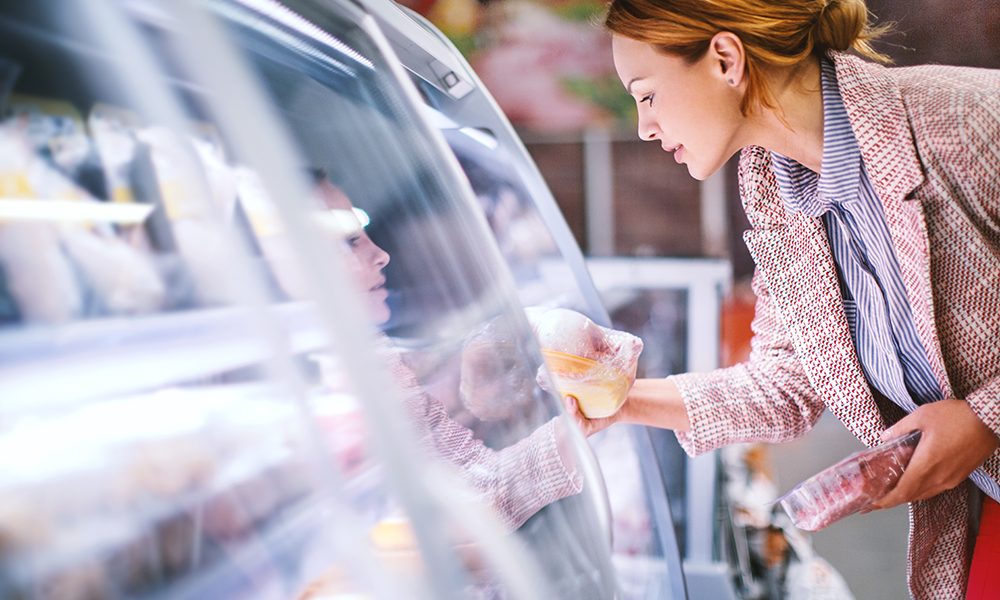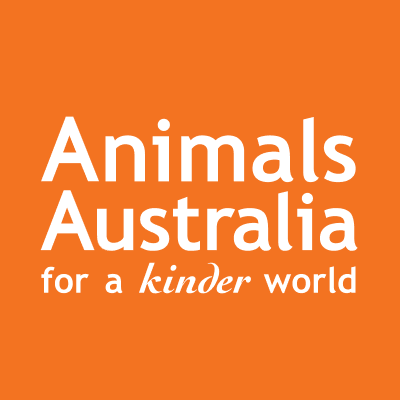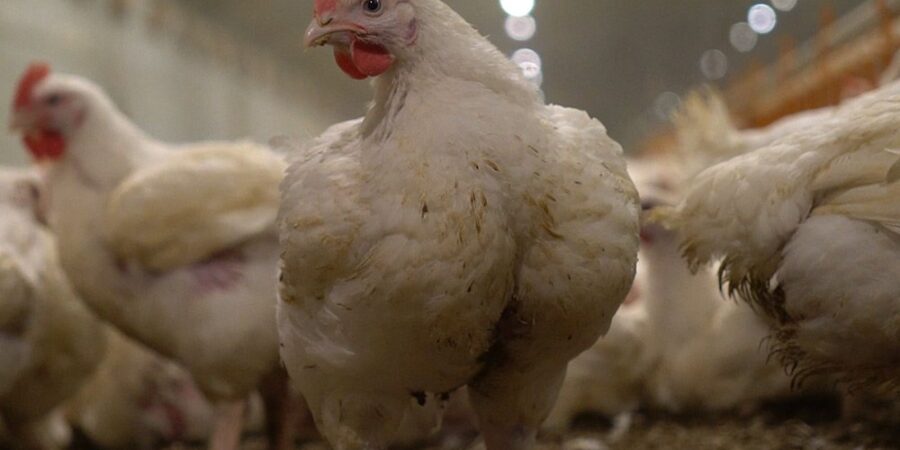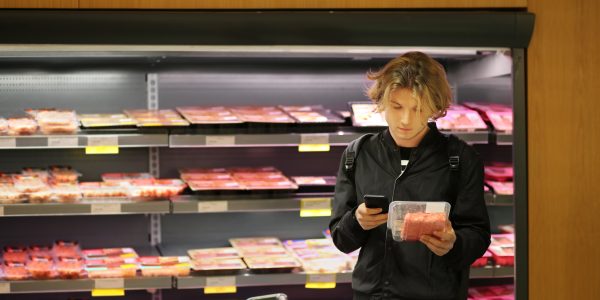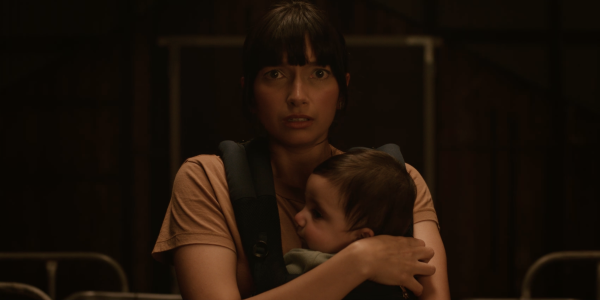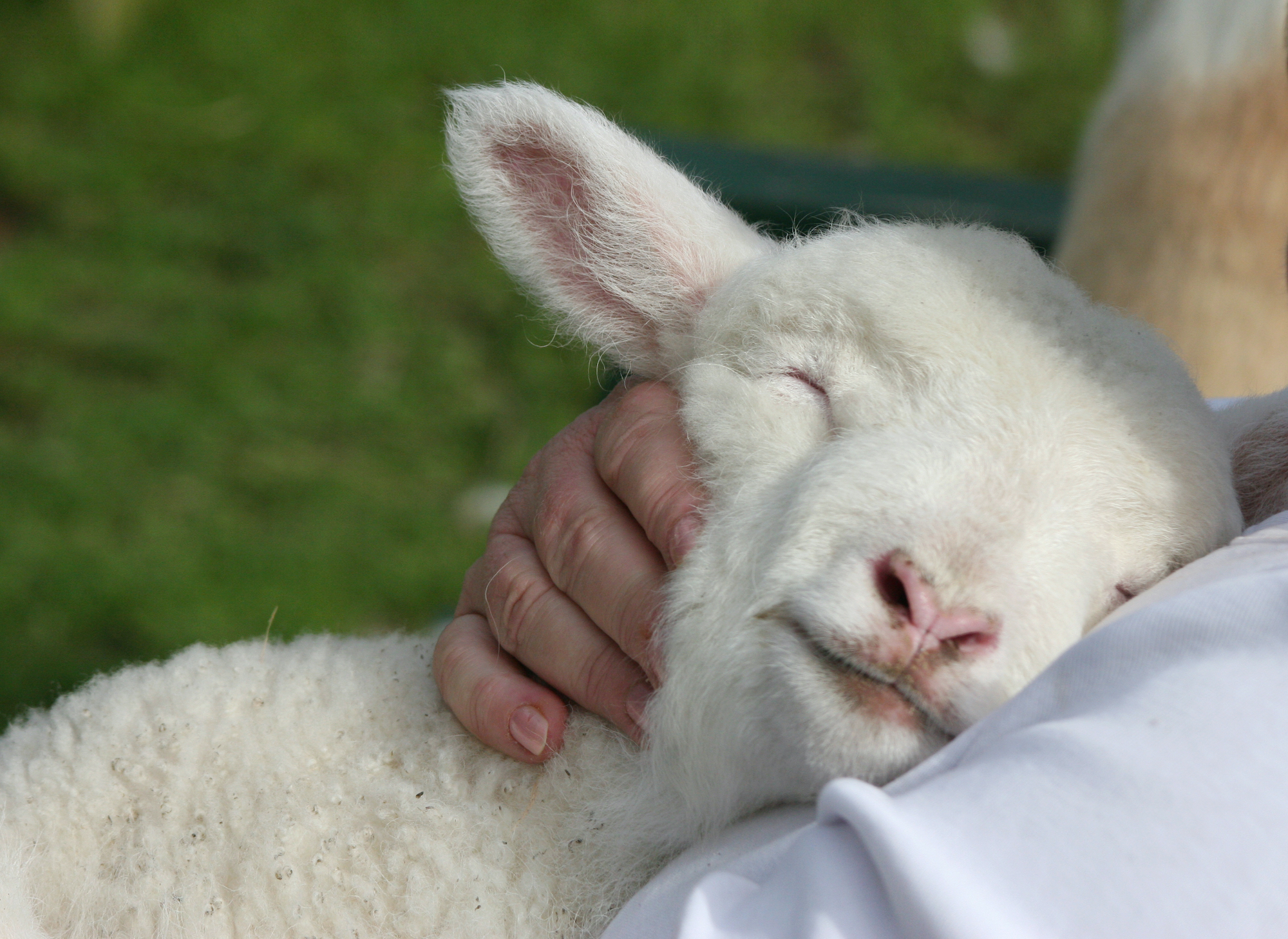Making sense of terms and labels.
These are the logos and terms behind the certification schemes outlined in the above table. It’s not an exhaustive list of the brands behind chicken meat products but instead a snapshot of some of the most common accreditation labels you’re likely to see in the supermarket.
‘RSPCA Approved’
The RSPCA Approved system accredits chicken farms to RSPCA standards. Chickens on these farms can be raised in either a free range or indoor system. Chickens in an RSPCA Approved indoor farm have no access to an outdoor area. However, the welfare standards are higher than in conventional factory farms. Freedom Farms products come from chickens raised on an RSPCA Approved indoor farm. Only RSPCA Approved products that are also labelled ‘free range’ come from farms where the chickens were raised with access to an outdoor range.

‘Certified Free Range’
Unfortunately, there is no legal definition of the term free range in Australia so standards between farms can vary. This logo on the packaging indicates that the chickens were raised on farms with access to an outdoor range and adhering to the standards outlined above.

‘Certified Organic’
Certified organic chicken products come from chickens kept on farms which exceed standards in the best free range facilities. However, simply the word ‘organic’ on packaging can sometimes mislead people to think the welfare of chickens meets certified organic standards — when it may simply mean that chickens are fed organic feed. These logos on the packaging indicate that the chickens were raised on a certified organic free range farm.

Other claims and logos
There are many other phrases and terms used on chicken products that may be perceived to suggest higher welfare such as ‘raised in large barns’, ‘range reared’, ‘corn fed’, ‘grain fed’, ‘chemical free’, ‘Australian chicken’ and ‘Australian made’. The majority of these do not signify a higher standard of welfare than factory farmed chicken. Even the term ‘RSPCA Approved’ could suggest to some consumers that the birds lived in a free ranging environment … but the RSPCA also accredits intensive, indoor systems.
If there is no certified free range, certified organic or RSPCA Approved free range logo on the packaging, the chickens have almost certainly been raised in factory farms.
A common claim by some in the chicken meat industry is that the chicken was raised ‘cage free’. However, chickens raised for their meat are never raised in cages, regardless of the production system (only hens kept for the production of cage eggs are kept in cages). This claim is deceptive in making people believe that what is on offer is a ‘better welfare’ product.
If there is no information provided that the product is certified free range or certified organic, ‘cage free’ chicken almost certainly comes from animals who were factory farmed.

